The Philips “Clinical” Fluoroscope
Ref. J4
This tube has a total weight of 2.9 Kg, wooden skeleton, a 32 x 38 cm base and is 40 cm high. It has folding side-arms and retractable bellows, light yellow 24 x 30 cm fluorescent viewing screen covered on the viewer’s side by a protective glass sheet of low weight and of unknown lead equivalent. The fluorescent material is probably calcium tungstate.
The bellows are in excellent condition reinforced on the four corners of the “pyramid” with what looks and feels like natural leather.
This particular fluoroscope, bearing the “Philips” brand, is undated, but similar fluoroscopes are seen in pictures (see below) depicting the early days of radiology. Some such fluoroscopes were still in use during the 2nd decade of the 20th Century but have been progressively abandoned when manufacturers started building dedicated X-ray equipment with some protection, and which could be used for either radiography or fluoroscopy.
No precise dating or further information is available from the makers.

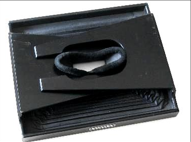
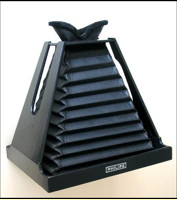
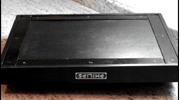
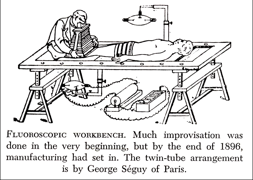
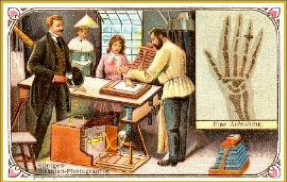
The picture to the left is reproduced from the November 2005 issue of “The Invisible Light”, the Journal of the British Society for the History of Radiology. The picture to the right with a caption is from “The Trail of the Invisible Light” by E.R.N.Grigg, Charles C. Thomas, ed, 1965, p40.